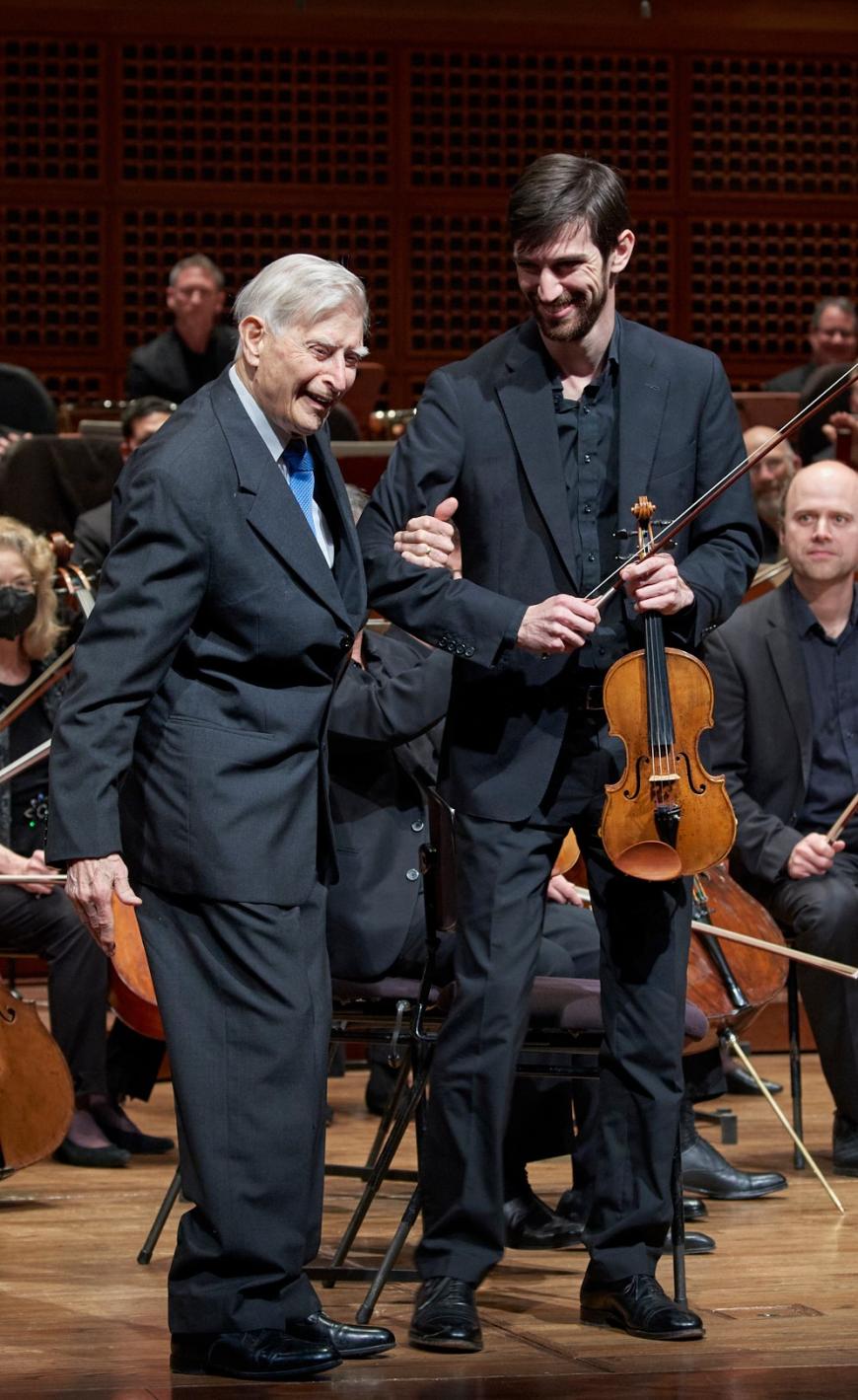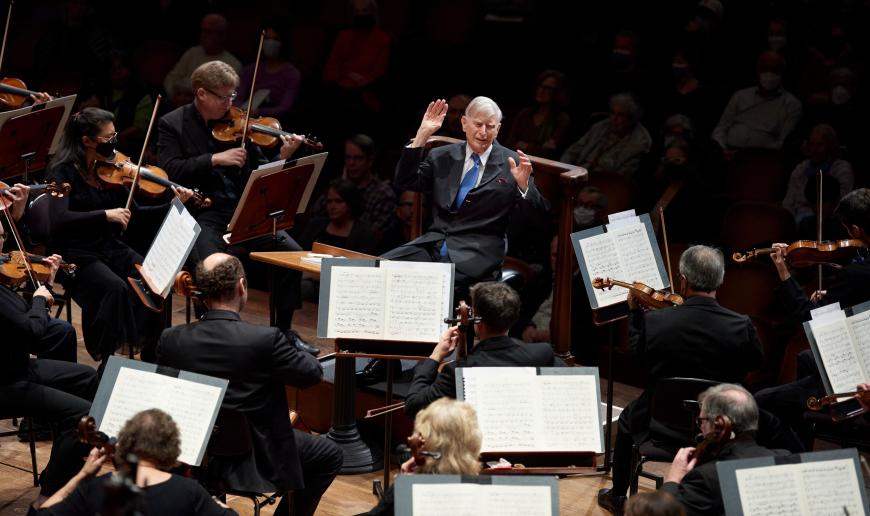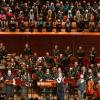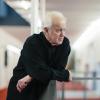
San Francisco Symphony Conductor Laureate Herbert Blomstedt, who’s 95 and very frail — he conducts seated now — still bursts with energy in his music-making. He is, if anything, a greater conductor than ever. On Friday, Feb. 10 — the one evening concert of his program between two matinees — the audience at Davies Symphony Hall was delighted to see him on his annual visit. The music fulfilled that promise of delight.
Blomstedt’s guest programs usually feature classics of the Central European symphonic repertoire. This year the star work was Antonín Dvořák’s Symphony No. 8 in G Major. This sprawling and loose-jointed Romantic effusion — so different from the composer’s tightly wound and foursquare Symphony “From the New World” — has a major place in my personal SF Symphony pantheon. A beautifully shaped performance of this work led by Blomstedt in 1989, when he was music director here, marked for me the point when the orchestra passed from being merely good to achieving greatness.

The quality has not gone down since. Friday’s performance was absolutely sterling, as if it had been sitting in a box since 1989, waiting to be unlocked by the maestro who’d kept the key. The continuous flow of the music is what stood out here. As that flow surged and ebbed, rushed and paused, tensed and relaxed, every successive moment fell into place and pulled the thrust of the work on.
Powerful as the melodic lines were, so often it was little touches of tincture in the accompanying instruments, carrying the rhythm and drive, that were most crucial to conveying forward momentum. That just shows the quality in depth of this orchestra and the brilliance of an experienced conductor who can bring those details out with the minimum of gestures. Even in a performance where the greatest emphasis seemed to be on a tender, quiet section in the finale, the pace and tension never slackened for a moment.
A great performance should sweep listeners away despite themselves. This one did.
The other work on the concert was not as ambitious, but it was a little charmer of its own. Sometimes Blomstedt’s programming will include a fairly obscure symphonic composer. Usually it’s someone Swedish like himself — Franz Berwald, Wilhelm Stenhammar — but this year it was another Czech to pair with Dvořák, though from half a century earlier.
Jan Václav Voříšek was one of the many composers of various nationalities — from northern Germans like Beethoven to Italians like Antonio Salieri — who drifted to Vienna in the palmy days when it was the imperial capital of Central Europe. He wrote his Symphony in D Major sometime between 1821 and 1823, depending on which authority one takes. Whatever the date, it was during the long gap between Beethoven’s Eighth and Ninth. Other composers writing symphonies contemporary with Beethoven’s mostly still employed a classical style following Mozart and Haydn — even Schubert, until he leapfrogged over them all with his darkly ominous and fully Beethoven-inspired “Unfinished” Symphony in 1822.
Voříšek was an exception to the general rule. His symphony has the thundering tutti chords, timpani emphases, wind choral passages, and quickly alternating dynamics of an early Beethoven work like the Symphony No. 2 (which Voříšek is known to have conducted). What he might have written next is unknowable, as he died of tuberculosis in 1825 at age 34.

His symphony is an interesting piece with some unusual thematic and harmonic features. A frequently reappearing three-note rhythmic motto dominates the first movement. The most striking harmonic innovation is the relative-major reprise that concludes the otherwise minor-mode slow movement. It gives off something of the same luminous calming air as the finale of Beethoven’s “Pastoral” Symphony.
Leading a small orchestra of 44 players, Blomstedt took this work gently, minimizing the brusqueness and exploiting the charm and tunefulness, building the climaxes but de-emphasizing the abruptness of the contrasts. The result was that it sounded more like early Schubert, building on from Mozart, than like Beethoven taking a new direction. As Dvořák’s Eighth shares much of the swinging ease of Schubert’s “Great” C-Major Symphony, that made Schubert the unplayed master lurking behind the entire concert.
In this performance, observing all the repeats, Voříšek’s symphony lasted just over 30 minutes. Under Blomstedt’s graceful conducting, it stayed the course.




